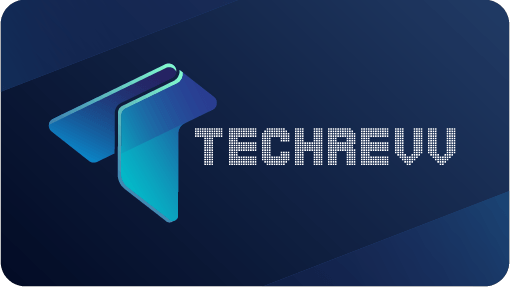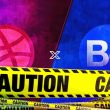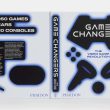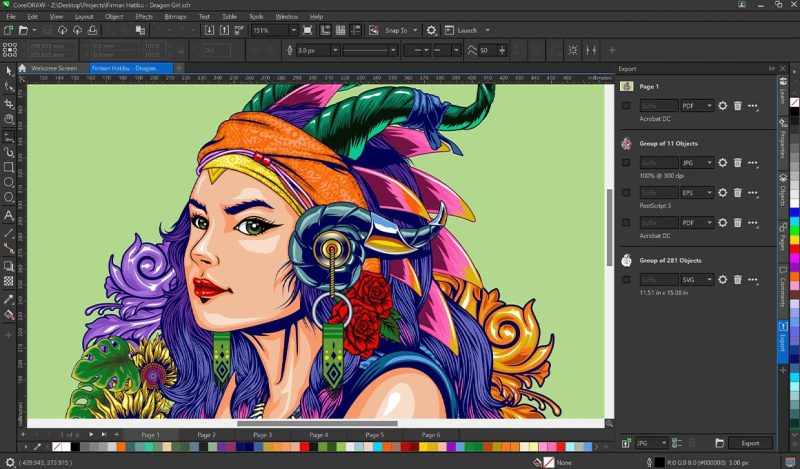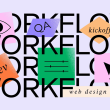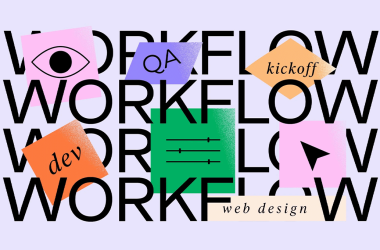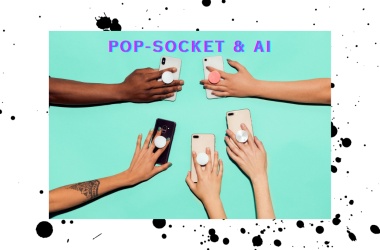CorelDRAW is a highly popular and indispensable tool for many graphic designers and professionals in the design industry. It's a vector graphics editor and design software that offers a wide range of features for creating illustrations, logos, brochures, web graphics, and more. Many designers rely on CorelDRAW for its versatility, user-friendly interface, and powerful design capabilities.
However, it's essential to note that while CorelDRAW is a valuable tool, it's not the only software available for design purposes. Adobe Illustrator, Adobe Photoshop, and other graphic design software also play significant roles in the design world, and different designers may have preferences for different tools based on their specific needs and workflows.
Ultimately, the choice of design software can vary from one designer to another, depending on their expertise and the type of projects they work on. While CorelDRAW may be a crucial part of many designers' lives, it's not the only medicine in the designer's toolkit. Designers often use a combination of tools to bring their creative visions to life.
Let's Know Why Coreldraw Is Honey For Every Artist
You're absolutely right! CorelDRAW is a versatile graphic design software commonly chosen by artists and designers for various reasons, including its ability to create logos, flexes, brochures, invitation cards, and vectors. Here's why CorelDRAW is often preferred for these types of design tasks:
1. Vector Graphics: CorelDRAW is known for its strong vector graphics support, making it an excellent choice for creating logos and vectors. Vector graphics are resolution-independent, which means they can be scaled up or down without loss of quality, making them ideal for logos and illustrations that need to be versatile in size.
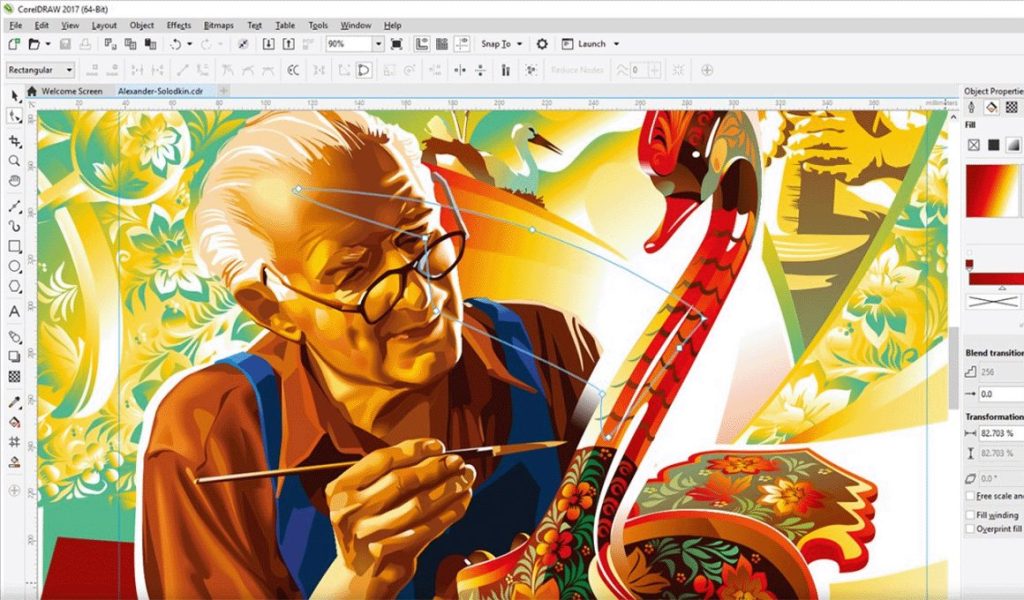
2. Layout and Page Design: CorelDRAW includes layout and page design tools that make it suitable for designing brochures and invitation cards. You can easily create multi-page documents, set up grids, and manage text and images in a print-friendly format.
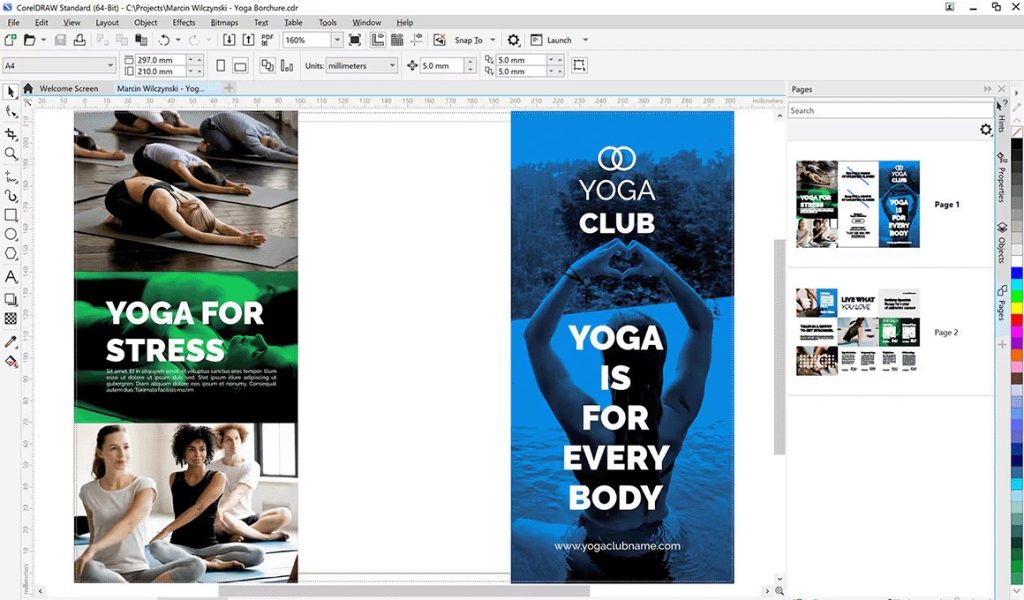
3. Flex Design: Flexes, or large-format graphics used for banners and signs, require specialized design tools. CorelDRAW offers features for working with large canvases and designing for print or digital displays, making it a preferred choice for flex design.
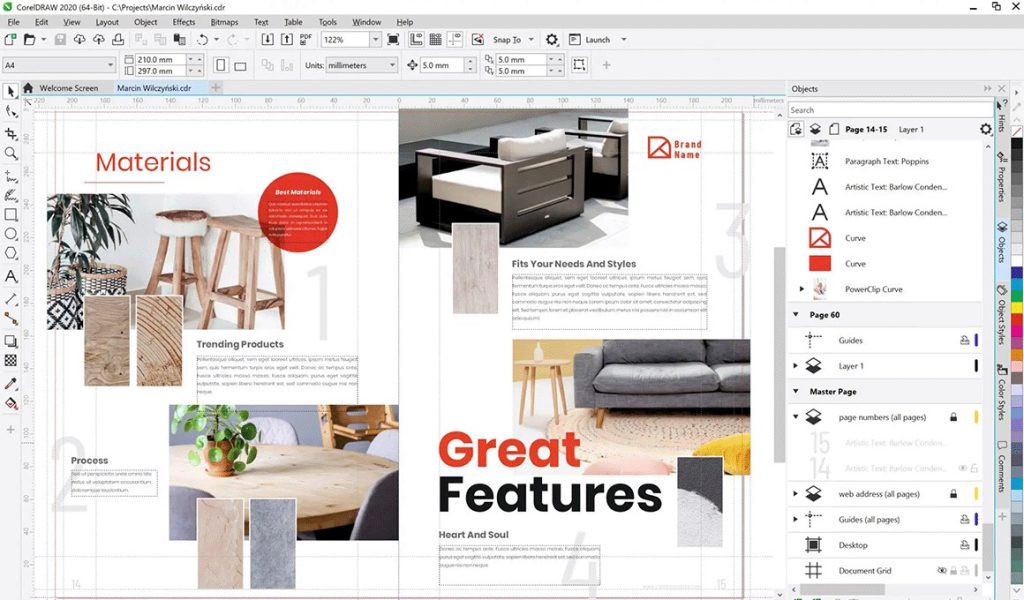
4. Typography: CorelDRAW provides a wide range of typography tools, allowing artists to create visually appealing text elements for brochures, invitation cards, and other designs. You can manipulate text in various ways, including shaping it along curves and customizing fonts.
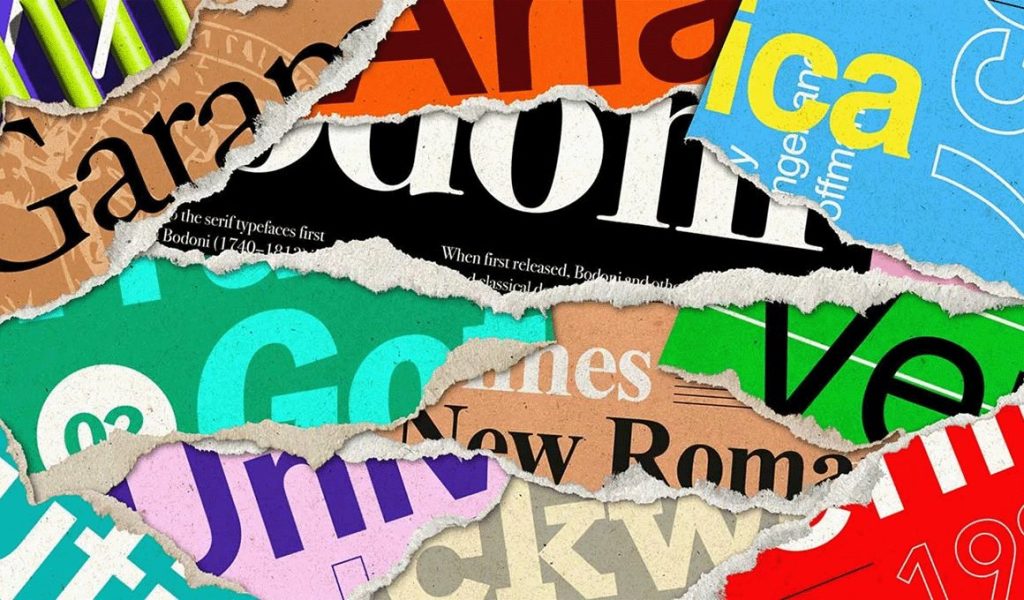
5. Color Management: Color accuracy is crucial in design, and CorelDRAW offers advanced color management tools to ensure your designs look great in print and digital media.
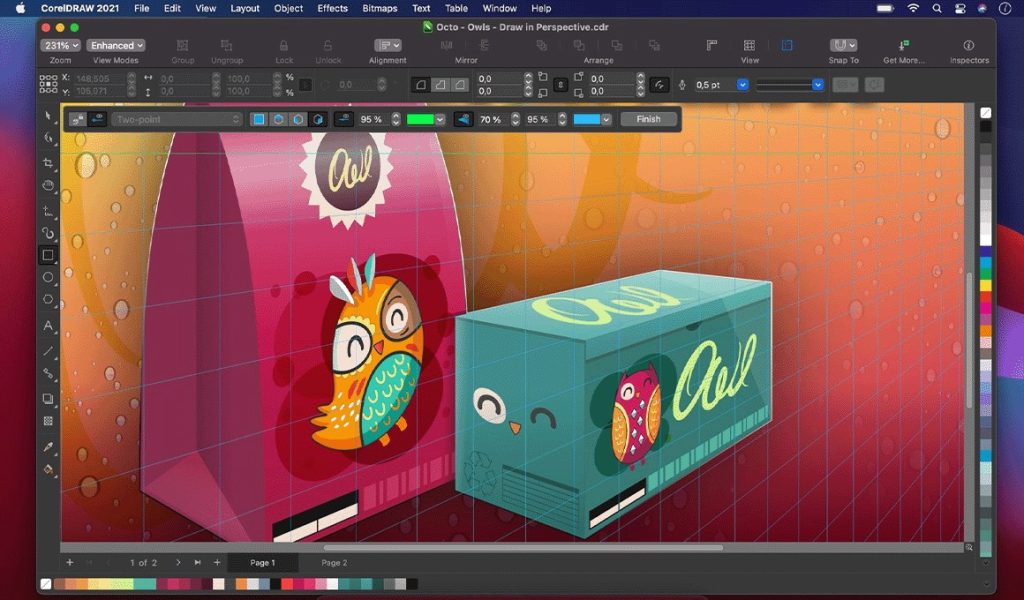
6. Illustration and Drawing Tools: CorelDRAW includes powerful drawing and illustration tools that are valuable for creating intricate and artistic designs, which can be useful for logos and unique vector artwork.
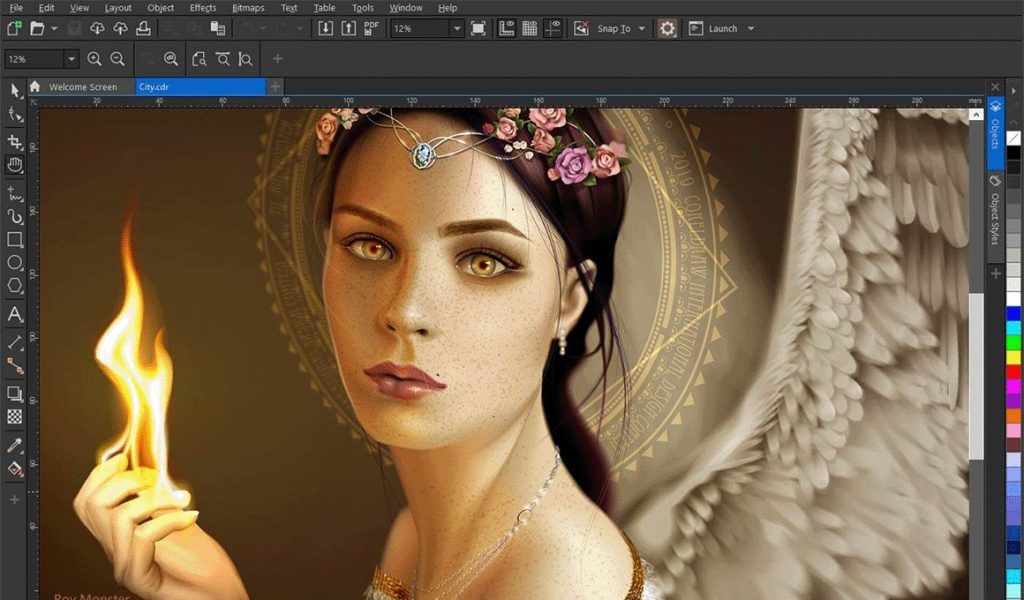
7. Ease of Use: CorelDRAW's user-friendly interface and intuitive design tools make it accessible to both beginners and experienced designers, making it a popular choice among artists.
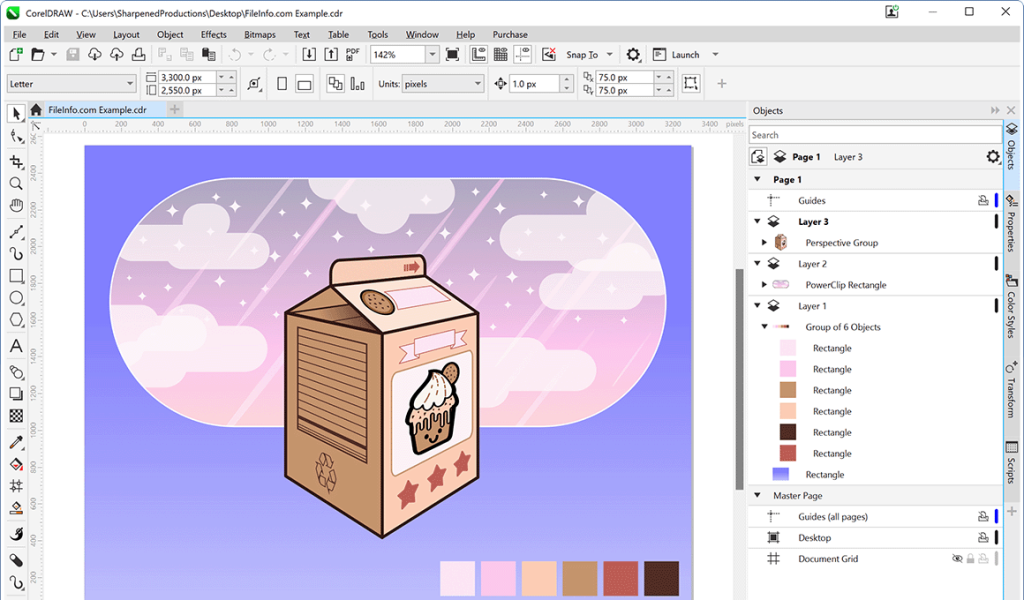
While CorelDRAW is a strong contender for these design tasks, it's essential to note that different designers have their preferences, and some may prefer other software like Adobe Illustrator or InDesign for similar tasks. The choice often depends on individual workflow, familiarity with the software, and specific project requirements.
Pointers Can’t Avoid In CorelDRAW
let's delve into the main reasons why artists choose CorelDRAW for various design tasks like logos, flexes, brochures, invitation cards, and vectors, along with their importance and examples of templates available on various platforms:
Logos:
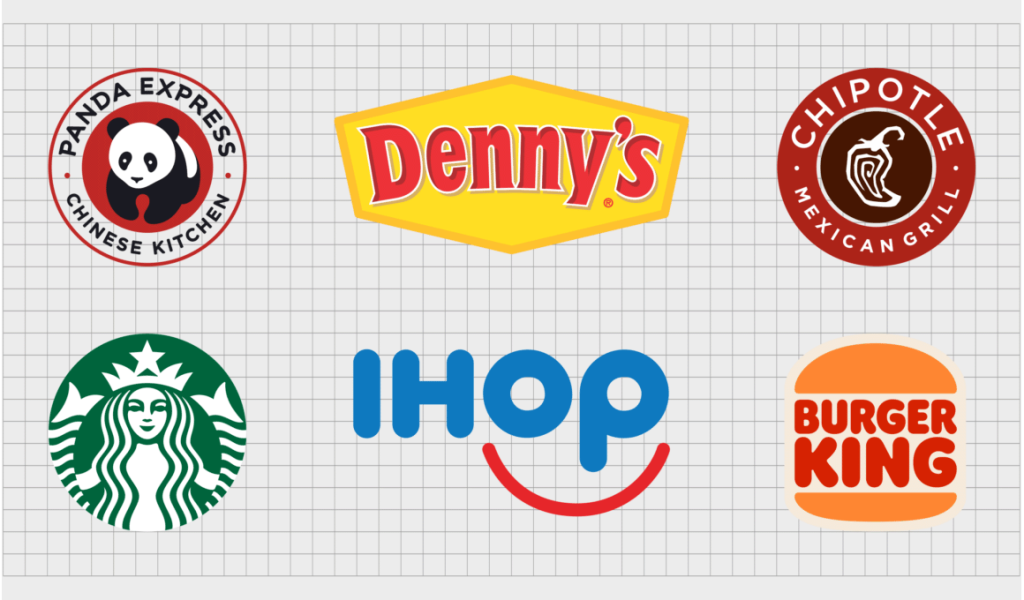
- Importance: Logos are the visual identity of a brand or business. They need to be unique, scalable, and easily recognizable. CorelDRAW's vector capabilities allow artists to create precise and resizable logos that maintain their quality at any size.
- Templates: Many websites and design platforms offer CorelDRAW logo templates. For example, a website like “Freepik” provides many logo templates that can be customized in CorelDRAW. An example could be a template for a tech startup logo with various technology-related icons.
Flexes (Large Banners and Signs):

- Importance: Flexes are used for promotional purposes and need to be attention-grabbing from a distance. CorelDRAW's large canvas and design tools make it ideal for creating high-resolution and visually impactful flex designs.
- Templates: You can find flex banner templates on websites like “PrintPlace” or “PrintRunner.” These templates often include placeholders for images and text. For instance, a template for a grand opening banner could feature a space for the business name and date.
Brochures:
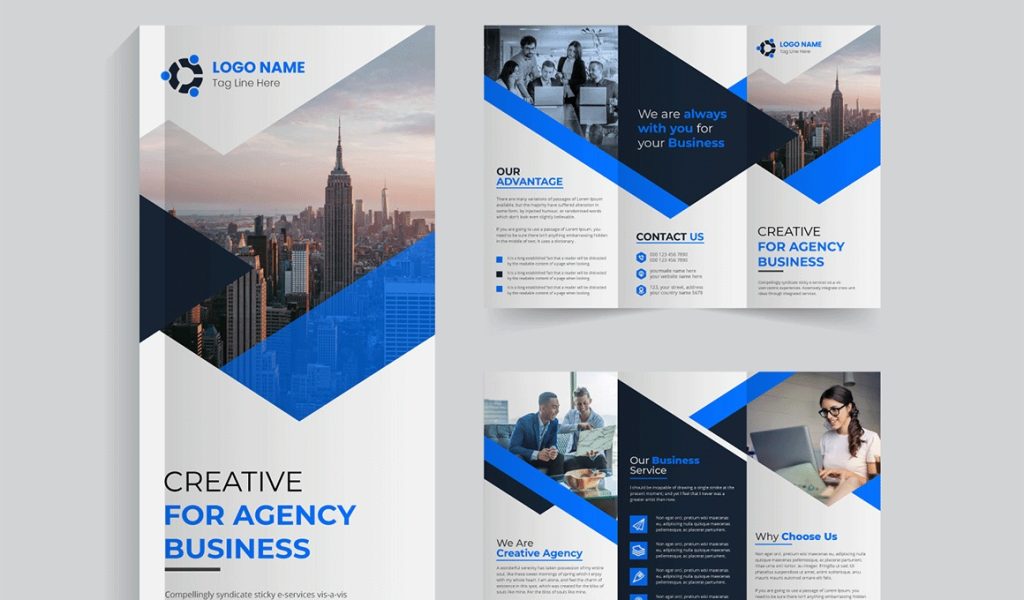
- Importance: Brochures serve as informative marketing materials. They should be well-organized, visually appealing, and easy to read. CorelDRAW's layout and typography tools help in achieving this.
- Templates: Websites like “Template.net” offer CorelDRAW brochure templates. An example could be a travel agency brochure template with sections for destination descriptions, images, and contact information.
Invitation Cards:
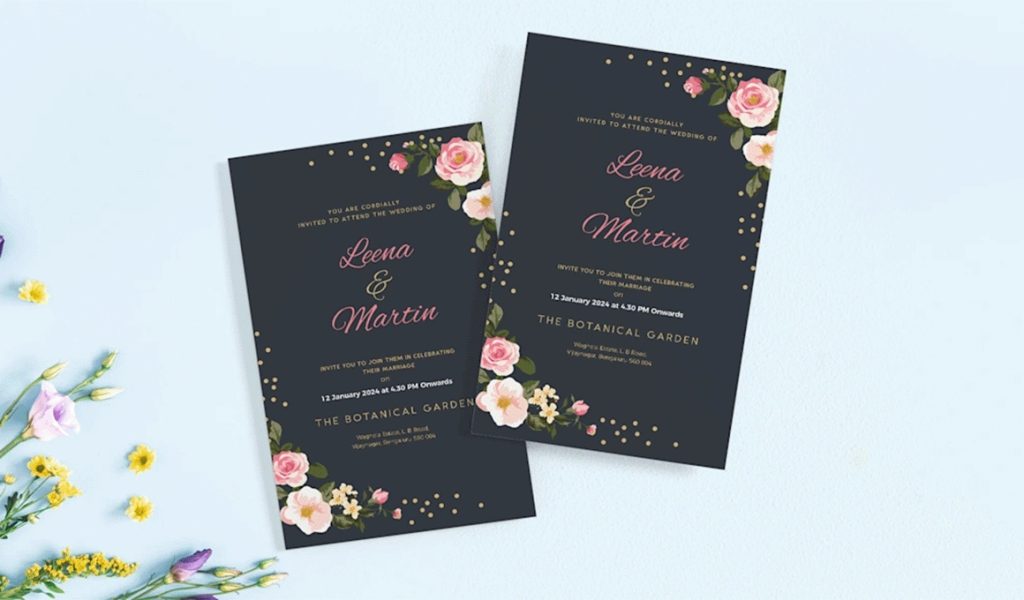
- Importance: Invitation cards set the tone for special events like weddings and parties. They must be aesthetically pleasing and convey the event's theme or style. CorelDRAW's design capabilities are essential for achieving this.
- Templates: You can find invitation card templates on platforms like “Envato Elements.” A template might include a floral-themed design for a wedding invitation with customizable text fields.
Vectors:
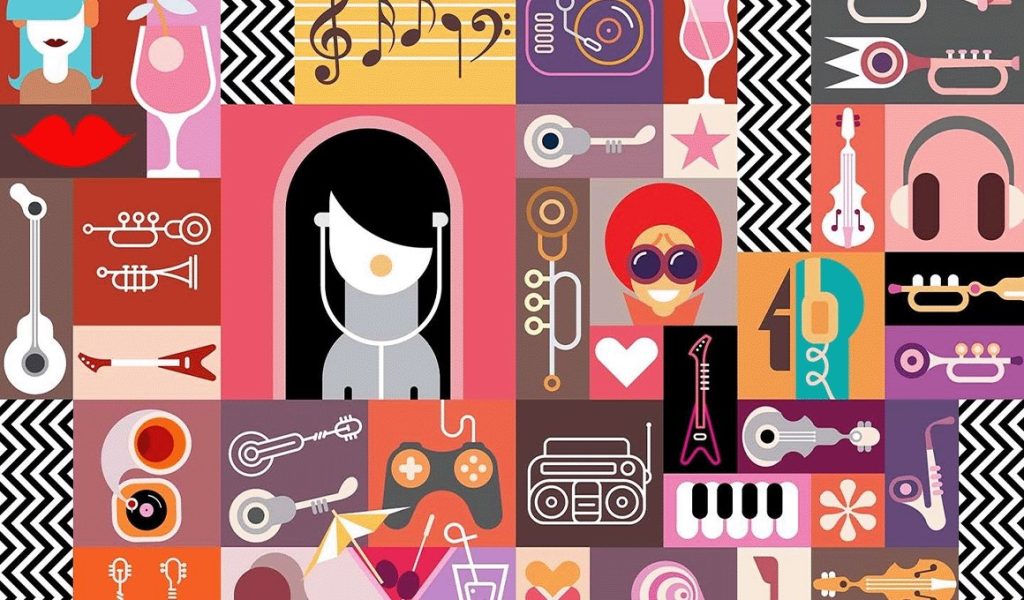
- Importance: Vectors are essential for creating scalable and detailed graphics, illustrations, and icons. CorelDRAW's vector tools provide artists with precise control over shapes and lines.
- Templates: Vector templates are available on platforms like “VectorStock.” For instance, you can find a vector template for a rocket ship illustration, which can be customized in CorelDRAW with different colors and details.
Many artists choose CorelDRAW for these design tasks due to its vector capabilities, layout tools, and versatility. Various templates are available on different design platforms, making it easier to kickstart projects while maintaining high-quality design standards.
Digitalization & Graphics Design Going Hand In Hand
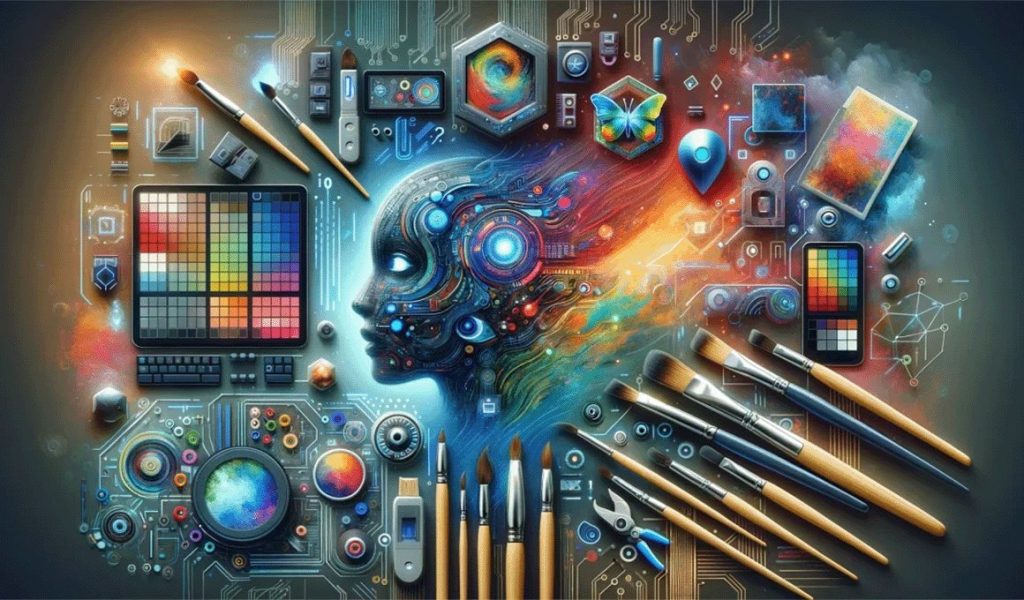
Digitalization and graphic design go hand in hand and have profoundly impacted how design is created, consumed, and distributed. Here are some facts and examples to shed light on this symbiotic relationship:
Digital Tools and Software:
- Fact: Digital design software has revolutionized the graphic design industry. Tools like Adobe Creative Cloud, CorelDRAW, and Affinity Designer provide designers with powerful capabilities for creating digital artwork.
- Example: Designers now use software like Adobe Illustrator to create vector graphics, Adobe Photoshop for image editing, and Adobe InDesign for layout and print design.
Online Platforms and Social Media:
- Fact: The rise of the internet and social media platforms has increased the demand for visual content. Businesses and individuals use graphics to convey messages and engage their audience online.
- Example: Social media posts with well-designed graphics are more likely to receive likes, shares, and comments. Infographics, for instance, are commonly used to present data in an engaging visual format on platforms like Instagram and Facebook.
E-commerce and Branding:
- Fact: E-commerce businesses heavily rely on graphic design to create appealing product images, logos, and branding materials. Aesthetically pleasing design can significantly impact a brand's success online.
- Example: Companies like Apple are known for their iconic product packaging and visual branding, contributing to the overall customer experience and perception of quality.
User Interface (UI) and User Experience (UX) Design:
- Fact: Digital products and apps require thoughtful UI and UX design to provide a seamless and enjoyable user experience. Effective design can influence user behavior and satisfaction.
- Example: Platforms like Airbnb invest in user-centric design to ensure users can easily search, book, and navigate through their app or website. This enhances the overall user experience.
Augmented Reality (AR) and Virtual Reality (VR):
- Fact: AR and VR technologies blur the lines between digital and physical design. Designers create immersive digital experiences through 3D modeling, interactive graphics, and virtual environments.
- Example: The gaming industry is a prime example of how graphic design and digitalization intersect. Games like “Fortnite” feature intricate 3D environments and character designs that are created digitally and enhance the gaming experience.
Data Visualization:
- Fact: With the digitalization of data, there's a growing need for data visualization to make complex information understandable. Infographics and interactive charts are increasingly used for this purpose.
- Example: News websites and data-driven organizations use interactive graphics and maps to illustrate global trends, election results, and scientific data, making information more accessible to the public.
Digitalization has transformed the graphic design landscape by providing designers with powerful tools and new creative avenues. From online branding and social media engagement to UI/UX design and emerging technologies like AR and VR, graphic design plays a pivotal role in the digital age, shaping how information is communicated and experienced digitally.
In The Nutshell
In the tapestry of creativity, we have explored the intricate threads of design, digitalization, and the tools that bridge these realms. As we conclude our journey through this ever-evolving landscape, one thing is clear: the fusion of design and digitalization has reshaped how we communicate, express, and envision the world around us.
In this digital age, design is not merely a static image but a dynamic, interactive experience that resonates with audiences across the globe. It's a language that transcends borders, cultures, and mediums, bringing ideas to life in previously impossible ways.
While the tools and technologies continue to evolve, the heart of design remains rooted in human creativity and expression. It's the ability to tell compelling stories, evoke emotions, and spark innovation. And among these tools are champions like CorelDRAW, which have not only kept pace with the changing times but have also become integral to the creative process.
As we move forward, let us embrace the endless possibilities of digitalization and design. Let us continue to push boundaries, break molds, and redefine what is possible. Whether we use digital tools or traditional methods, the essence of design remains constant—a canvas for imagination, a platform for innovation, and a language of artistry that speaks to the soul.
